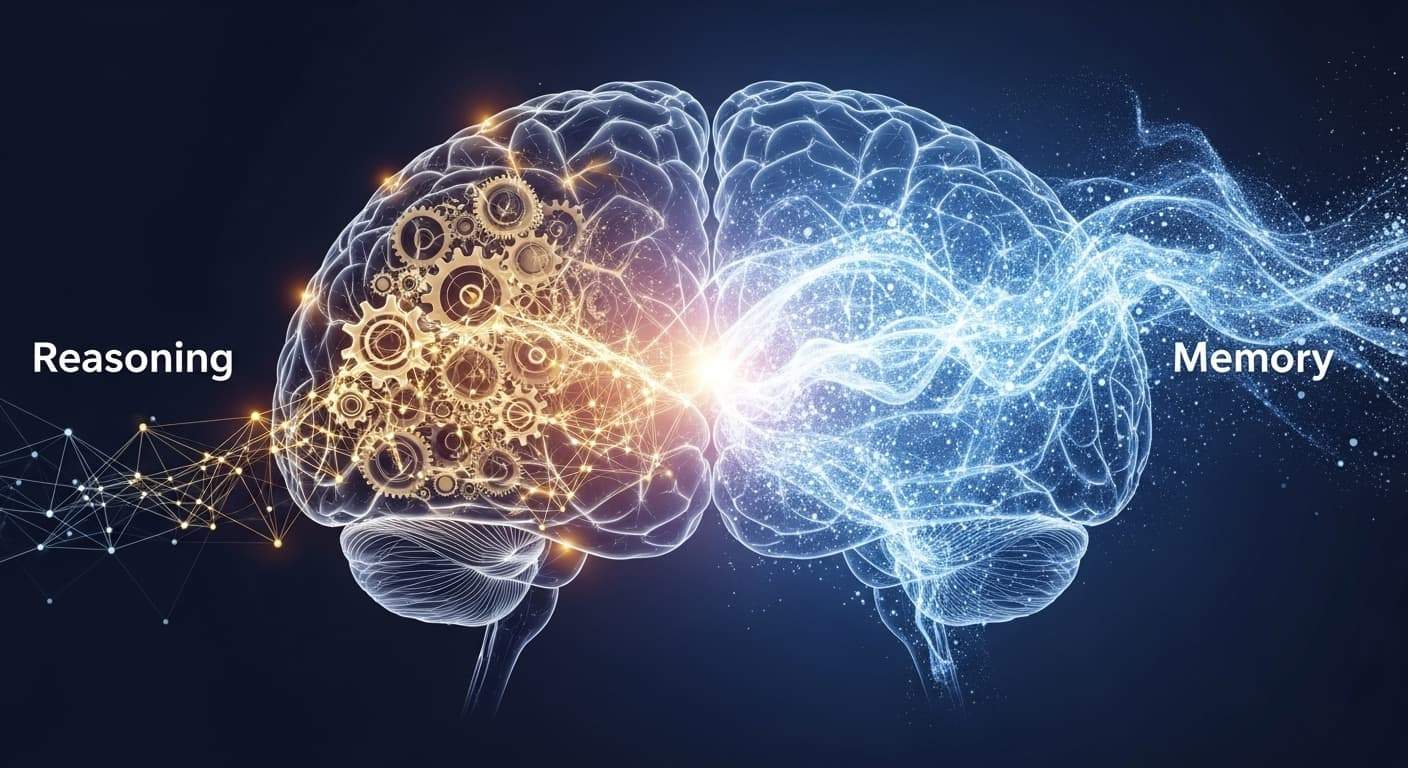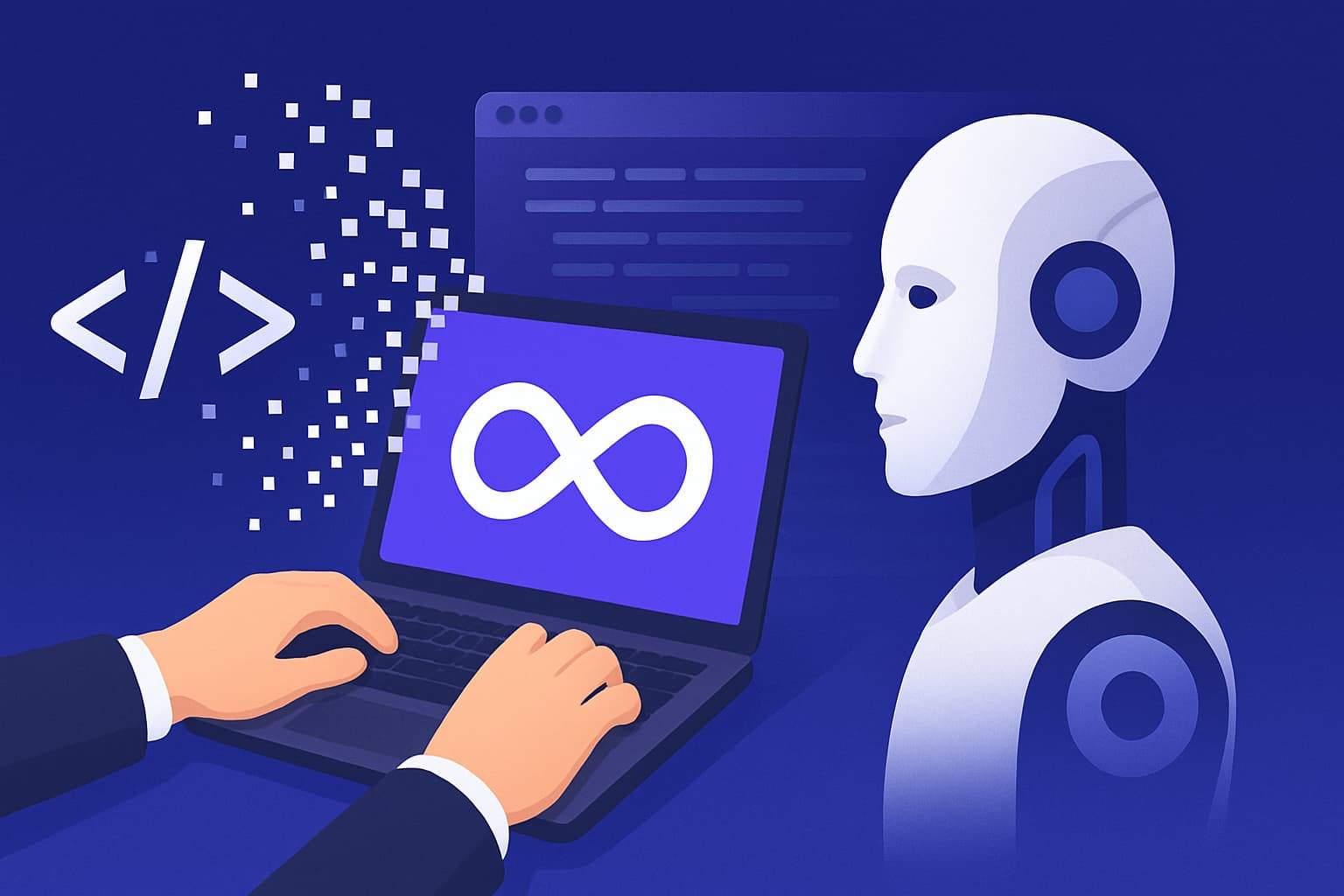How to Build AI Agent

You want to build an AI agent. Good news—you don’t need a PhD in AI to start. In this guide, I’ll show you how to build an AI agent step by step. I’ll cover real-world statistics, expert insights, and proven frameworks like LangChain, CrewAI, and n8n. By the end, you’ll know how to define your use case, design your architecture, integrate tools, test thoroughly, and deploy your AI agent with confidence.
Why AI Agents Matter in 2025
AI agents are changing industries today. A Google Cloud–Harris Poll revealed that 87% of game developers already use AI agents for tasks like localization, scripting, and creative writing (Reuters).
Capgemini estimates AI agents could unlock $450 billion in business value by 2028, but only 2% of companies have scaled AI deployments. This gap means that early adopters can capture a massive competitive advantage.
Table of Contents
Step 1: Define the Purpose and Goals
- Decide what your agent should do: customer support, data research, scheduling, or automation.
- Set measurable goals: for example, “Reduce customer wait times by 50% within six months.”
- Pick high-value use cases first: e-commerce search, fraud detection, or report automation.
- Address trust: Global trust in AI agents dropped from 43% to 27% in 2024, so design with transparency and accountability.

Step 2: Gather and Prepare Data
Your AI agent is only as good as its data.
- Collect quality data from internal logs, customer interactions, or public datasets.
- Clean, normalize, and balance it—data prep often takes 70% of project time.
- Split data into training, validation, and test sets.
- Use domain-specific datasets to reduce AI “hallucinations.”
Step 3: Choose the Right Tools and Architecture
- Frameworks: LangChain, AutoGen, CrewAI, TensorFlow, PyTorch.
- Conversational Tools: Rasa, Dialogflow.
- Automation Tools: n8n, Zapier, Hugging Face.
- Components to Include:
- LLM “brain” for reasoning.
- Memory system for context retention.
- External tool connectors (APIs, CRMs, dashboards).

Step 4: Build Reasoning and Memory
- Use ReAct framework (Reason + Act) to guide decision-making.
- Add short-term and long-term memory so your agent remembers past interactions.
- Simulate training environments—for example, DeepMind’s “Genie 3” trains warehouse robots in virtual environments.

Step 5: Integrate Tools and Interfaces
- Decide how users will interact: chat, email, dashboard, or API.
- Connect your agent to CRMs, calendars, or knowledge bases.
- Add feedback loops so users can flag mistakes or rate responses.
Step 6: Test and Improve
- Test across different scenarios, including edge cases.
- Use evaluation metrics: accuracy, response quality, user satisfaction.
- Continuously fine-tune your model with user feedback and additional training data.
- In healthcare and finance, keep your AI explainable to avoid black-box risks.
Step 7: Deploy and Monitor
- Deploy gradually with canary rollouts.
- Monitor metrics like response time, accuracy, and user feedback.
- Maintain rollback options in case of failure.
- Update continuously based on user interaction and business needs.
Real-World Data at a Glance
- 87% of developers already use AI agents in game development.
- AI agents could generate $450B in business value by 2028.
- Benchmarks show AI agents succeed in only 14.41% of tasks vs. humans at 78.24% (WebArena benchmark).
- Complex dataset discovery tasks succeed just 22% of the time with advanced AI agents.
Expert Quotes
“AI is not just a model—it’s a system.” — Andrew Ng
“2025 is the year that we go from ChatGPT being smart, to ChatGPT doing things for you in the real world.” — Kevin Weil, OpenAI
“We expect world models to play a critical role as we push toward AGI.” — DeepMind Research Team
Conclusion: Take Action Today
Now you know how to build an AI agent step by step—define goals, prepare data, choose tools, build reasoning, integrate systems, test, and deploy.
Don’t wait for competitors to outpace you. Start small with a focused use case, test quickly, and scale as you build trust and efficiency.
👉 Ready to start? Pick a framework like LangChain or n8n and prototype your first AI agent this week.
Frequently asked questions
Do I need coding skills to build an AI agent?
No. Tools like n8n, LangChain templates, and Hugging Face SmolAgents let you build agents with minimal coding.
What’s the easiest framework for beginners?
n8n for workflow automation, LangChain for LLM-based agents, and Rasa for chatbots are beginner-friendly.
Can AI agents work in the real world today?
Yes, but with limitations. They excel at repetitive and structured tasks but still underperform humans in complex environments.
How do I make my AI agent trustworthy?
Be transparent, keep users in control, and allow feedback. Always respect privacy and compliance laws.




